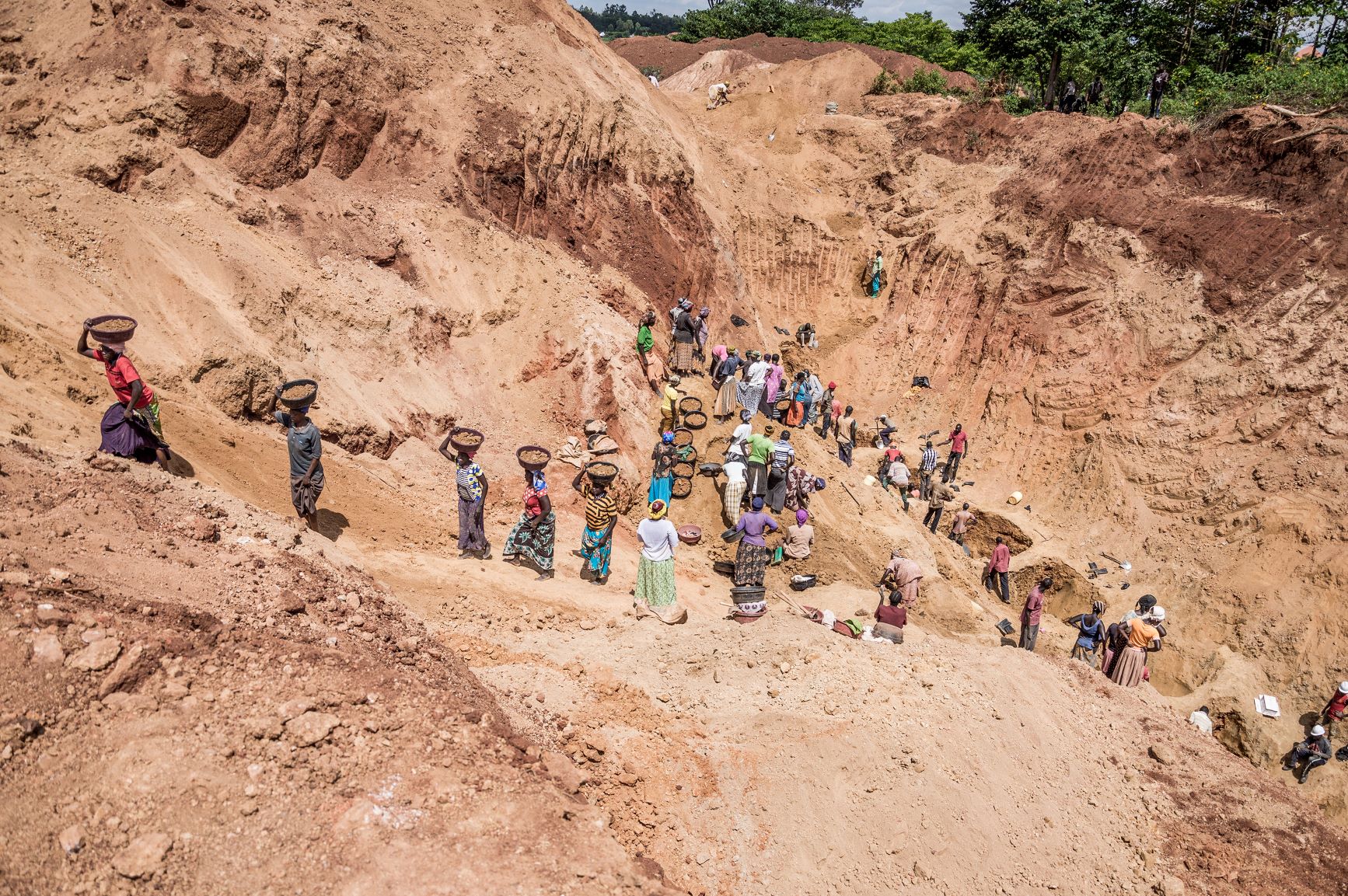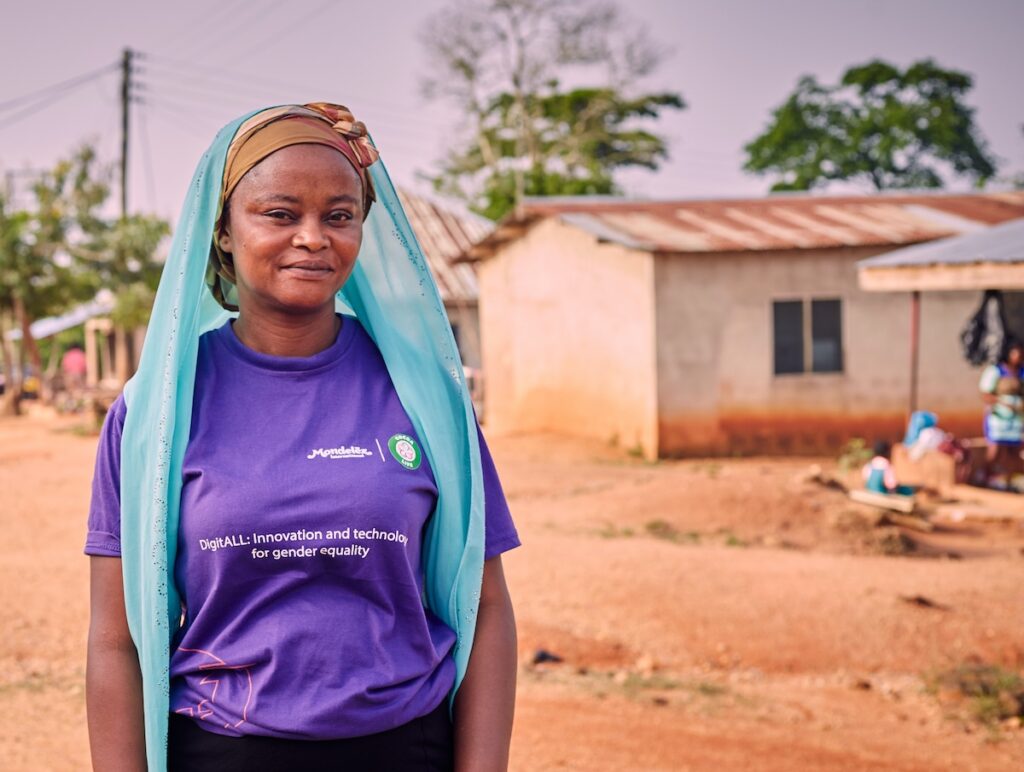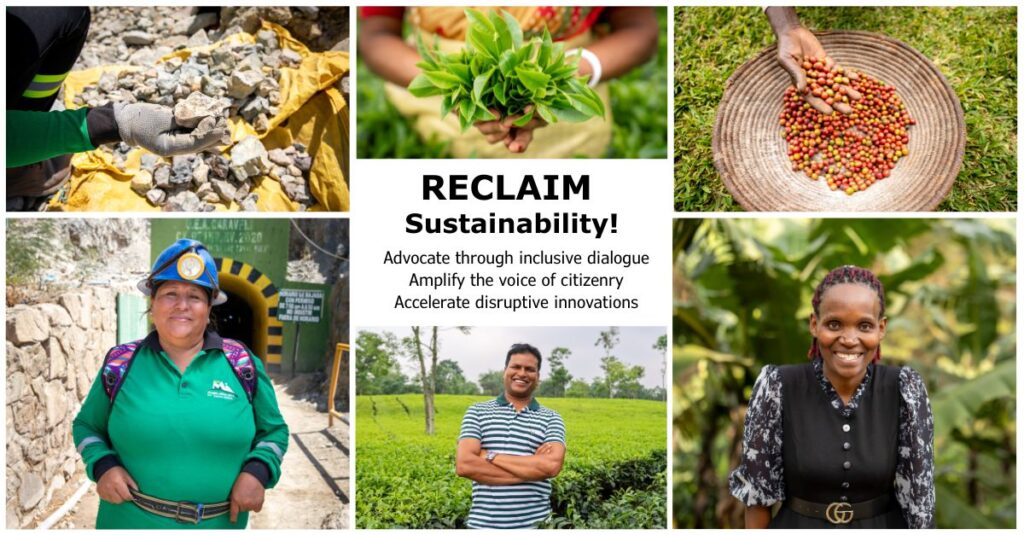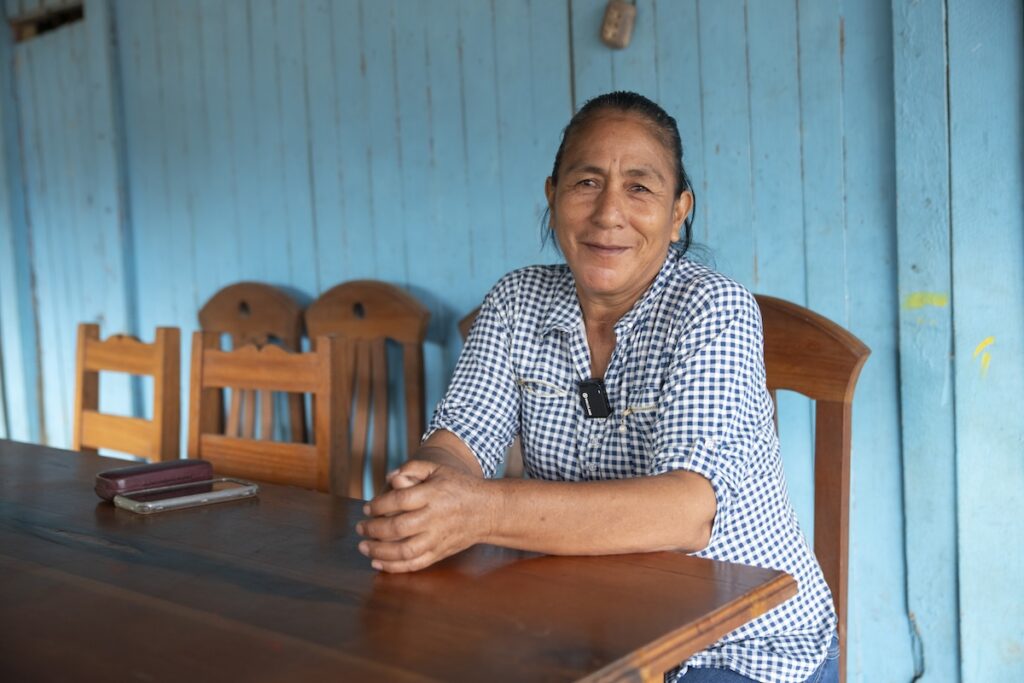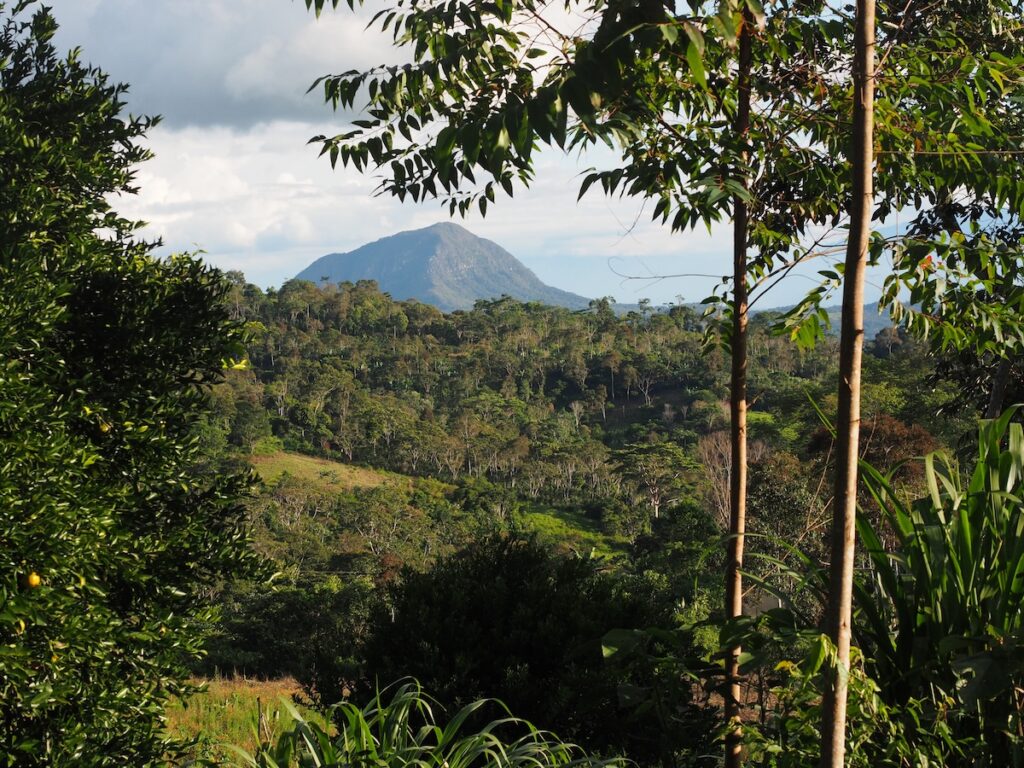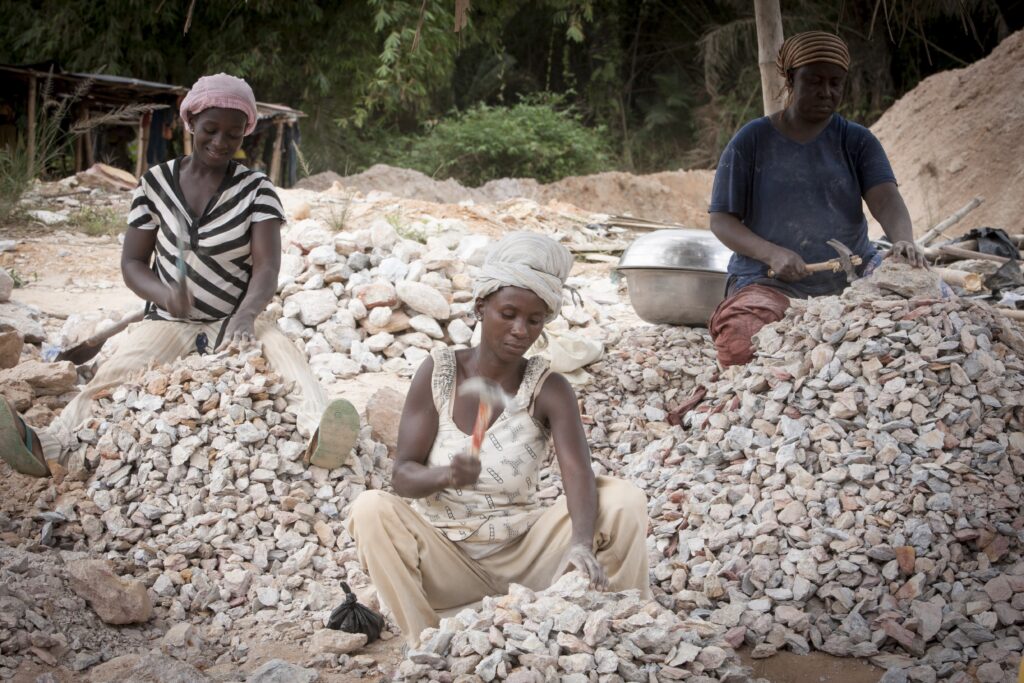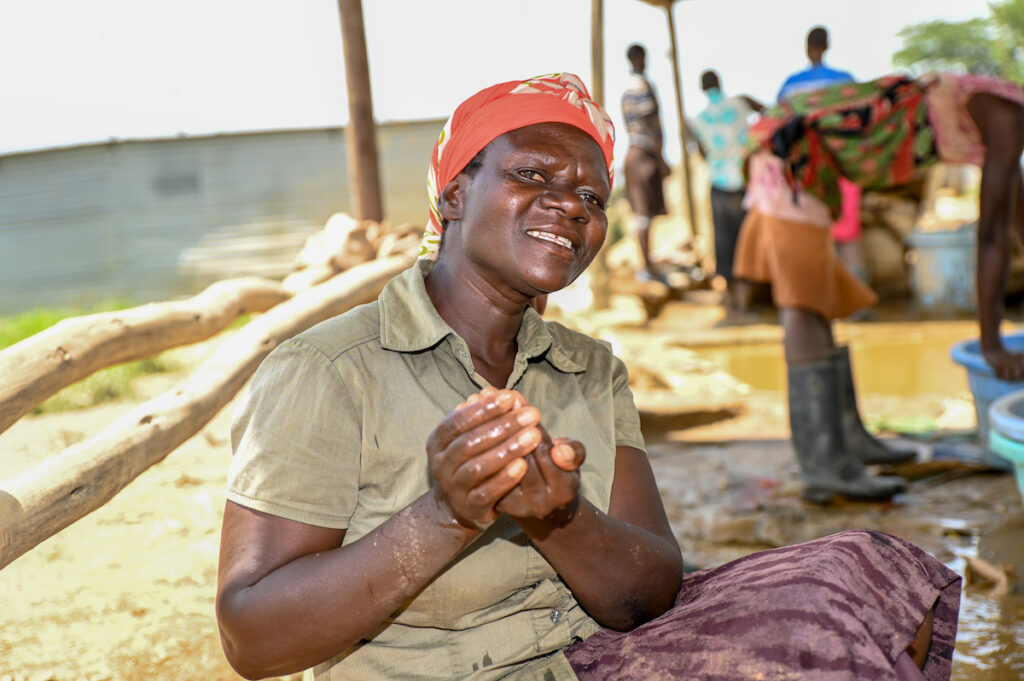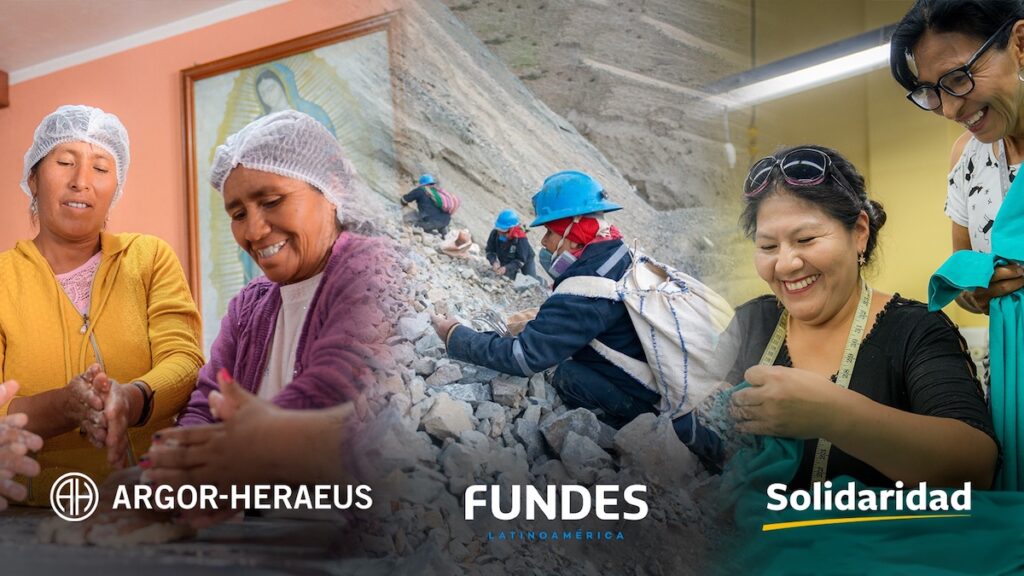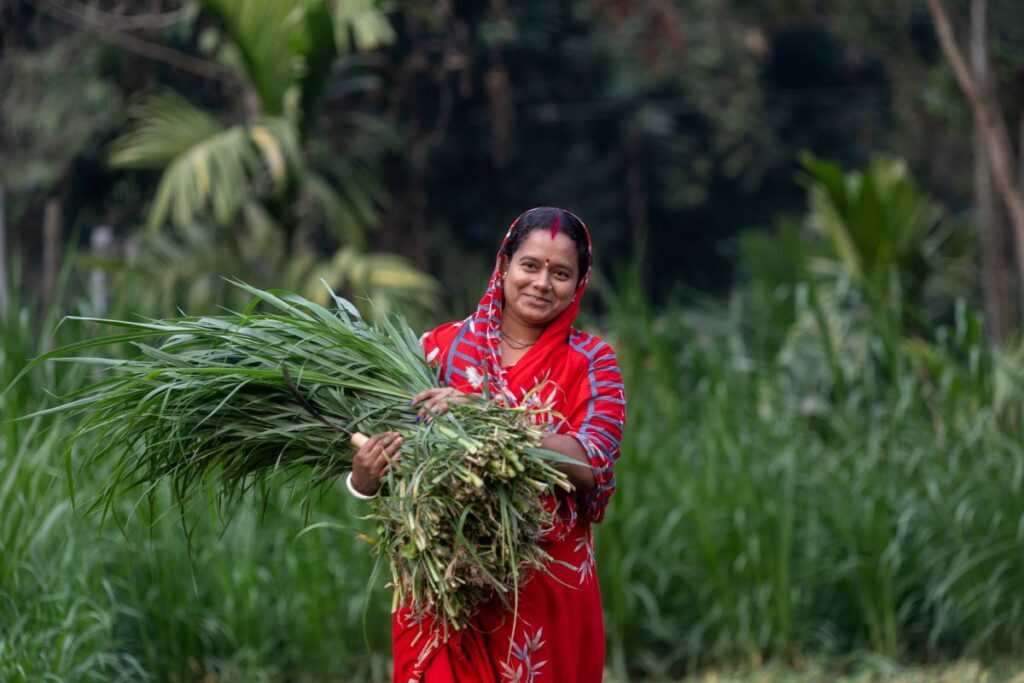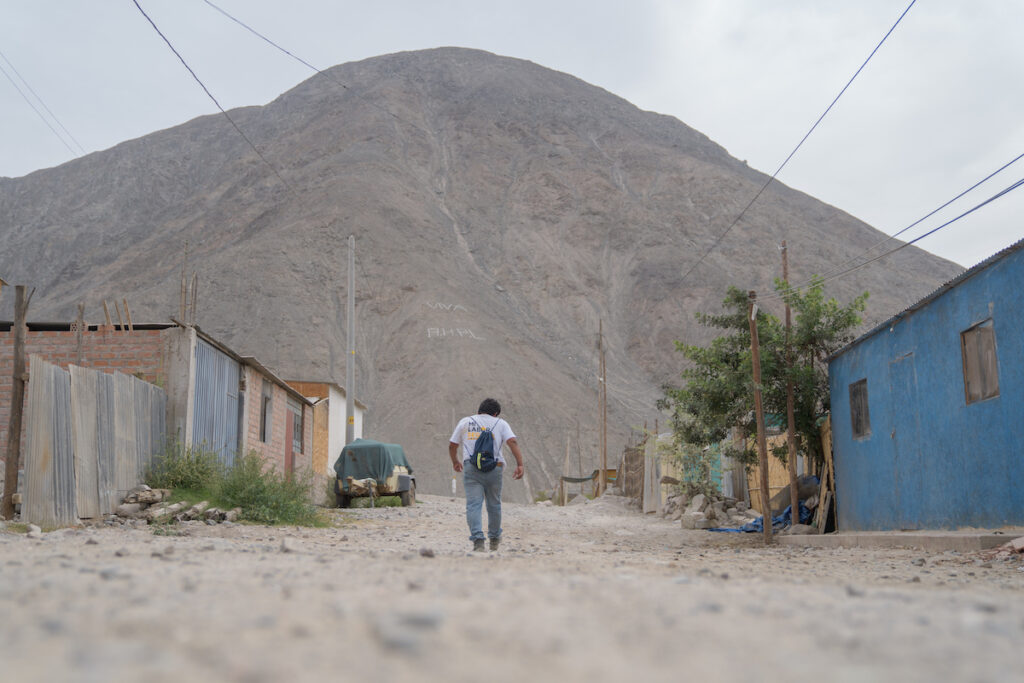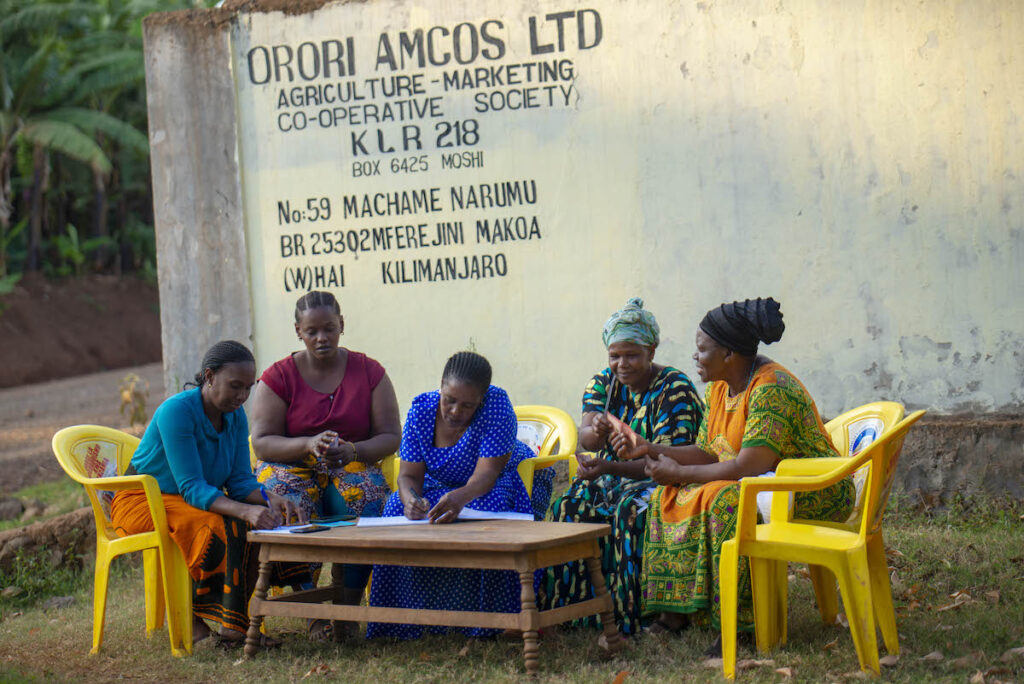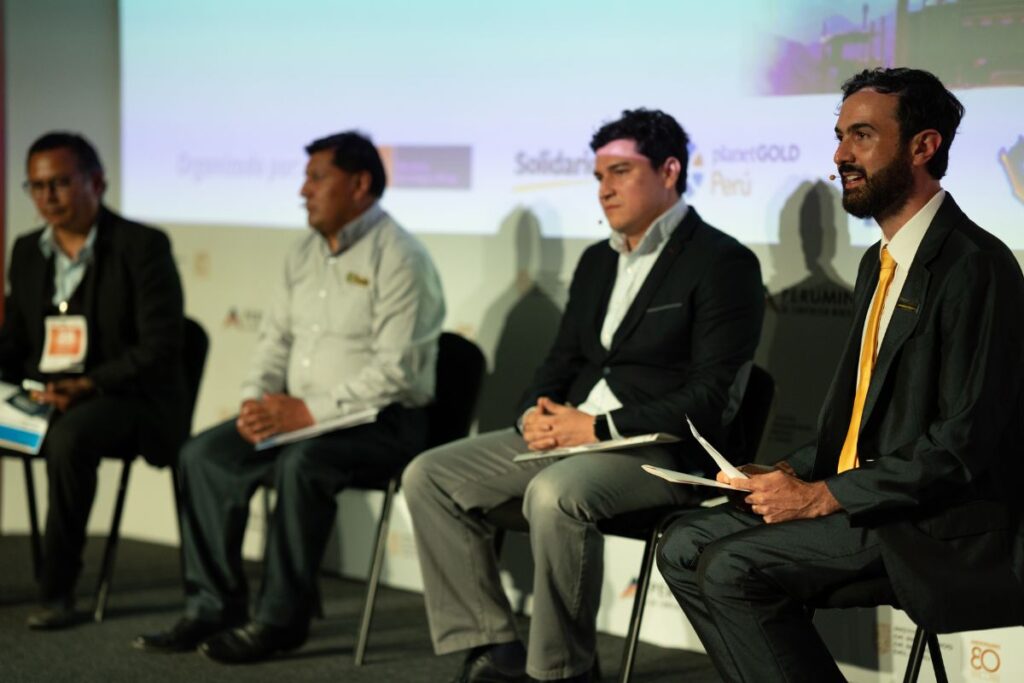This programme was active between July 2017 and March 2021, implemented in cooperation with our partner organizations Fairphone, Fairtrade Foundation, Hivos/Stop Child Labour Coalition, UNICEF, Royal Philips, EWAD, Fairtrade Africa, and The Impact Facility. We applied a three-tier approach: 1) Preventing and reducing child labour; 2) Improving working conditions in the mines (i.e. safe and efficient mining practices); and 3) Providing access to investment and creating a clear path to the market. The programme was made possible with the financial support from the Netherlands Enterprise Agency (RVO).
Results on four intervention levels
With our consortium partners, we set out to tackle child labour by addressing its root causes at four levels: national and district, community and school, mine, and supply chain levels. Solidaridad’s role in this programme was focused primarily at the mine level.
The programme end evaluation has found that 85% of 63 miners interviewed indicated that they have changed their (individual) practices towards child labour since receiving the support provided by the project. Yet, the number of incidences of child labour has gone up; which can be attributed to a number of factors: (1) more awareness and reporting leading to more reported incidences – which can be seen as a positive result; (2) interventions that have been taken are not effective in tackling child labour at mine sites; and (3) the influence of Covid-19 was a dominant factor influencing the cases cited in the end evaluation.
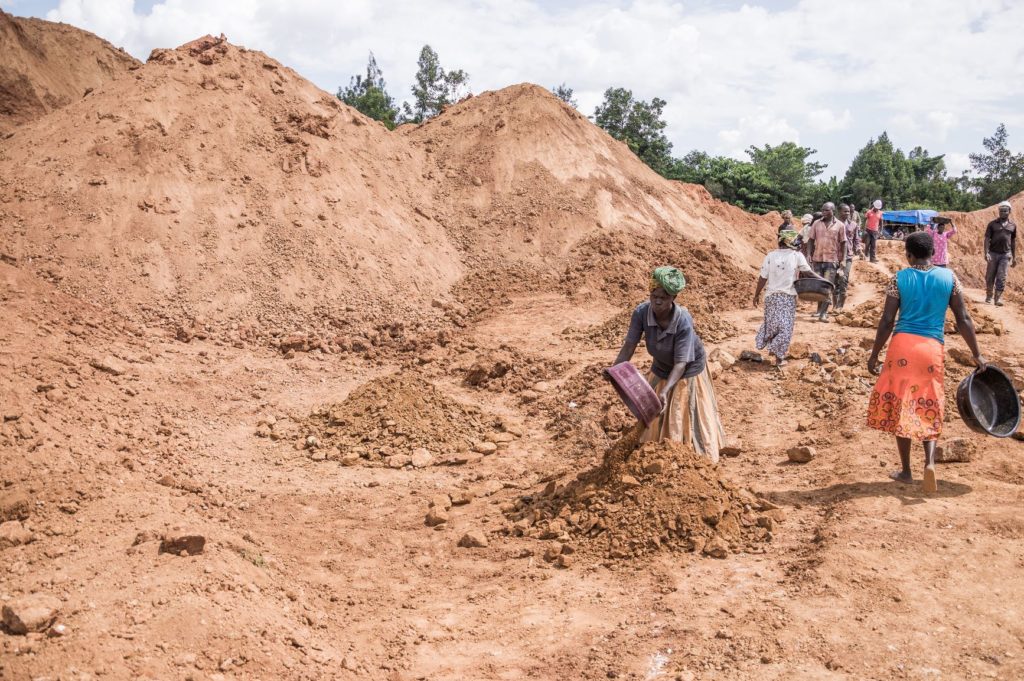
During the Focus Group Discussions in the mining communities, respondents identified a number of subjects they were trained on over the course of the project, including: group dynamics, dangers of mercury, leadership skills, health and safety issues in mining, record keeping, and budgeting. Moreover, the respondents have indicated that due to the trainings on safety and hygiene, they now see a heightened awareness of the relevance of the issues as well as a reported reduction of accidents at the mine sites of the Artisanal Small-Scale Mining Organizations.
“Our association now provides protective gear to our employees, especially the gumboots. But, unfortunately, these are often sold or stolen. So now we have made it a condition that whoever wants employment must have gumboots and a helmet. The challenge with providing the gear ourselves is that the employees are not permanent, and they often leave with the equipment we have provided.”
Focus group discussion respondent
Some main results at the other intervention levels include:
- At the district level, the project has invested in engaging government officials in the trainings and sensitization of the project and child labour in general, which has received appreciation from community members.
- At the community and school level, the end evaluation has shown that 65 children have been reintegrated into (primary/secondary/vocational) school, and 86 youths have received vocational training. This can be celebrated as a success; however, the number accounts for half of the 314 children that were assessed as being out of school and working during the baseline stage. The impact of Covid-19 can partly explain the limited number of children benefiting from the motivational centres and mainstreaming back into school. It is also important to consider that schools have been closed since March 2020 due to the pandemic.
- At the supply chain level, the partners have, among others, developed the Environmental, Social and Corporate Governance (ESG) Performance & Risk Management Handbook for Artisanal & Small-Scale Mining. In the course of the programme, numerous project partners were confronted with a difficult challenge: without a reliable supply of responsible gold, demand from market players would be hard to come by. Yet, without a committed demand and associated (pre-)investments for responsible ASM gold, the sector would not be able to meet the conditions and the expected volume demanded.
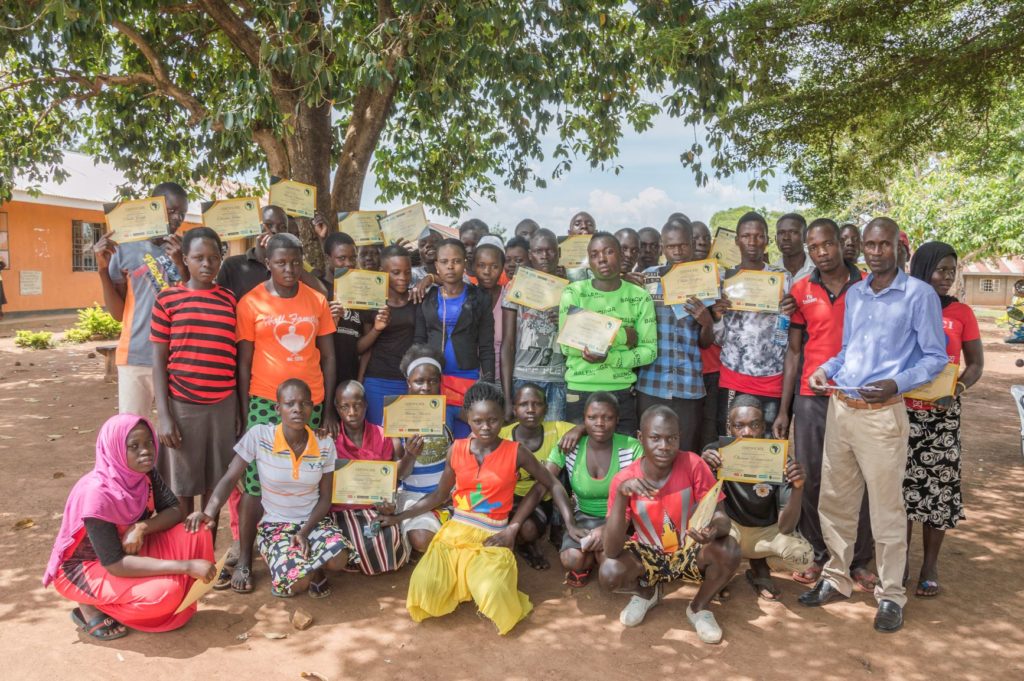
Key lessons learnt
The following key lessons learnt have been highlighted by the end evaluators of our programme:
- With regard to the design of future programming, in order to create effective linkages between intervention levels, it will be important to consider miners in their various roles in addition to being a miner, that is, as a parent, spouse, head of the household and/or as a community member.
- The complexity of a root causes approach might seem to demand that a project should address everything at once. However, it is important to consider that ‘less might be more’, by focusing strongly on key areas where partners might be most successful, while building on the support from external stakeholders to address factors outside of the partners’ sphere of influence.
- In project design and implementation, it will be important to embrace a context-specific approach to artisanal and small-scale mining, and be very explicit about the project’s underpinning assumptions.
- The Covid-19 pandemic has taught us all that working towards supporting resilience will be key in allowing people to stand strong in the face of future shocks.
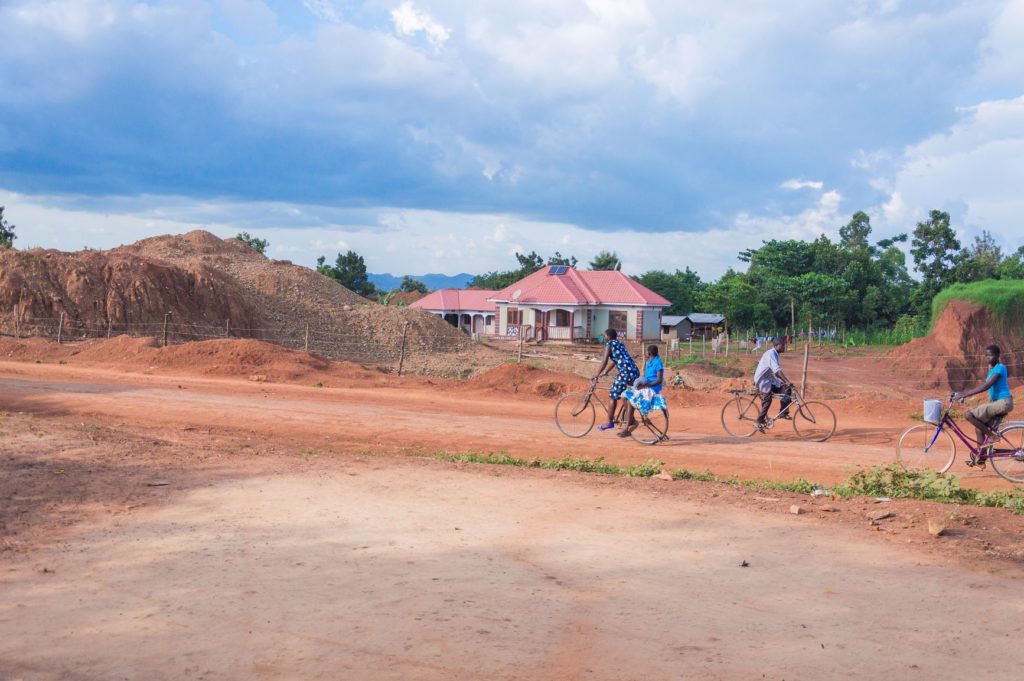
The impact of Covid-19
Covid-19 has had a significant impact on the effectiveness and progress of the project. During the pandemic, schools in the project areas were closed and the income levels of community members dropped considerably. These entirely unforeseen circumstances were reflected in the results: at the end of the project, fewer children were reported to be going to school (schools were closed during 2020 and in the course of the evaluation); there was a higher prevalence of child labour in the project areas (including the mine sites), and the miners struggled to make ends meet. This was not only a difficult obstacle, but also an important lesson learnt to build more community resilience, whether it be among miners, community members (who are not miners), or any of the other stakeholders involved.
Engaging with others working in the field on such issues and involving the relevant stakeholders in the process will be key to achieving sustainable impact under such complex conditions. Moreover, there is an important role for the Village Savings and Loans Associations (VSLAs), which can help to increase the capacity of households to manage their income in support of children’s continued pursuit of education.
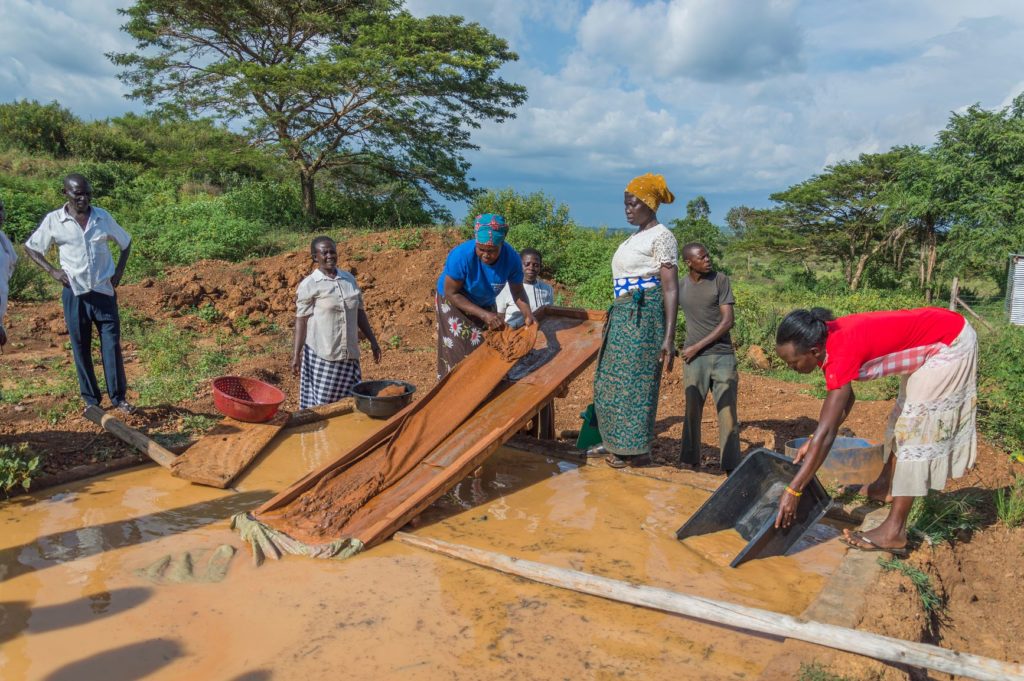
Continuing joint efforts
Following up from the impact and lessons learnt in this programme, a consortium of organizations including The Chambers Federation, Fairphone, Fairtrade Foundation, Solidaridad, TDI Sustainability, and The Impact Facility have launched the Lake Victoria Gold Programme. This four-year programme started in February 2021 with the aim of enabling several dozen formal ASM gold operations in Kenya and Uganda to qualify for and access investment for equipment, while meeting due diligence requirements of gold off-takers, and subsequently building strong and resilient community enterprises. The Lake Victoria Gold Programme is co-financed by the European Partnership for Responsible Mining (EPRM).
Moreover, EWAD will also continue their efforts, which will involve providing the Child Labour Free Zones with a boost through awareness raising, community mobilization, VSLA groups to build more resilience, energizing the motivational centres and schools, and more focus on the youth. This will be part of the ‘Work: No Child’s Business (WNCB)’ programme, an Alliance of the Stop Child Labour Coalition, UNICEF Netherlands and Save the Children.
See also the end term evaluation report (executive summary and case studies) on our publication page.

